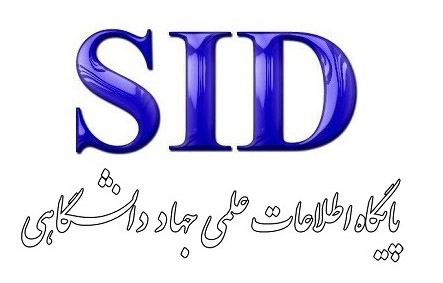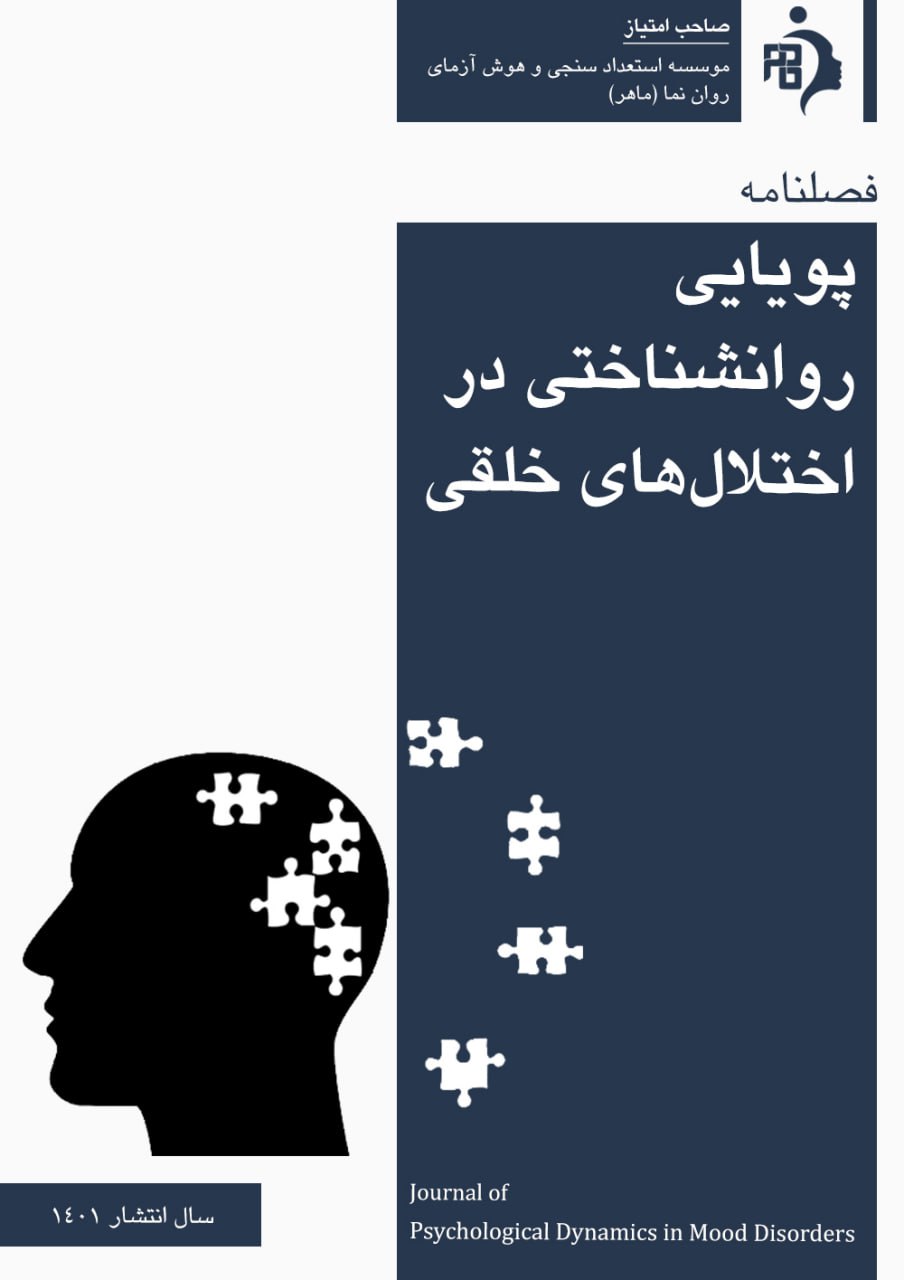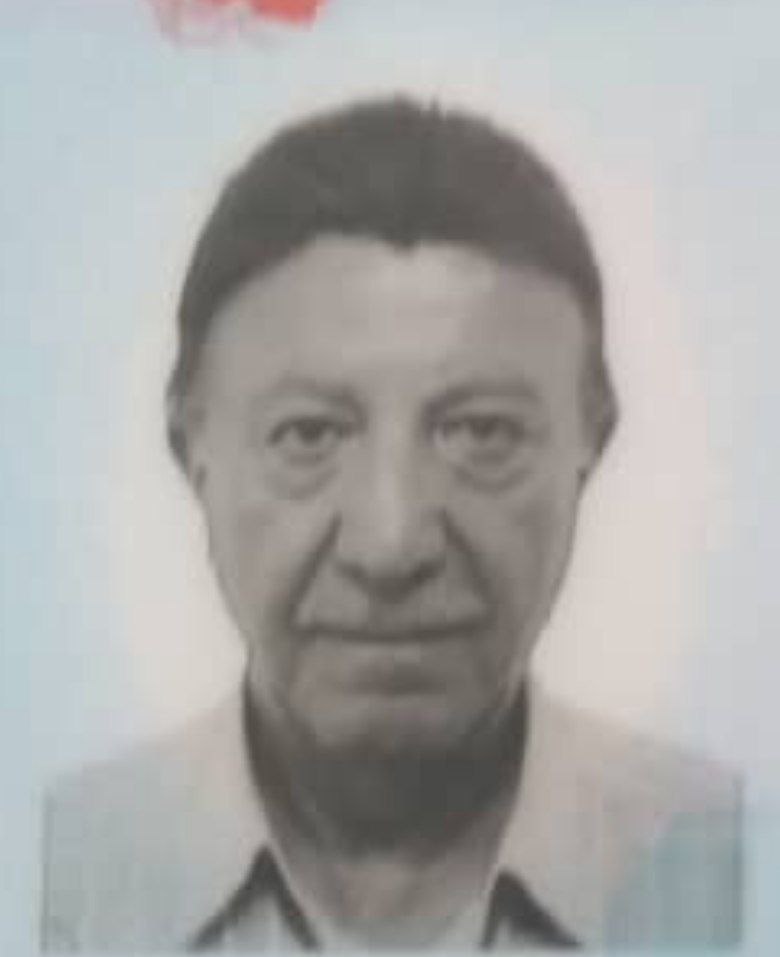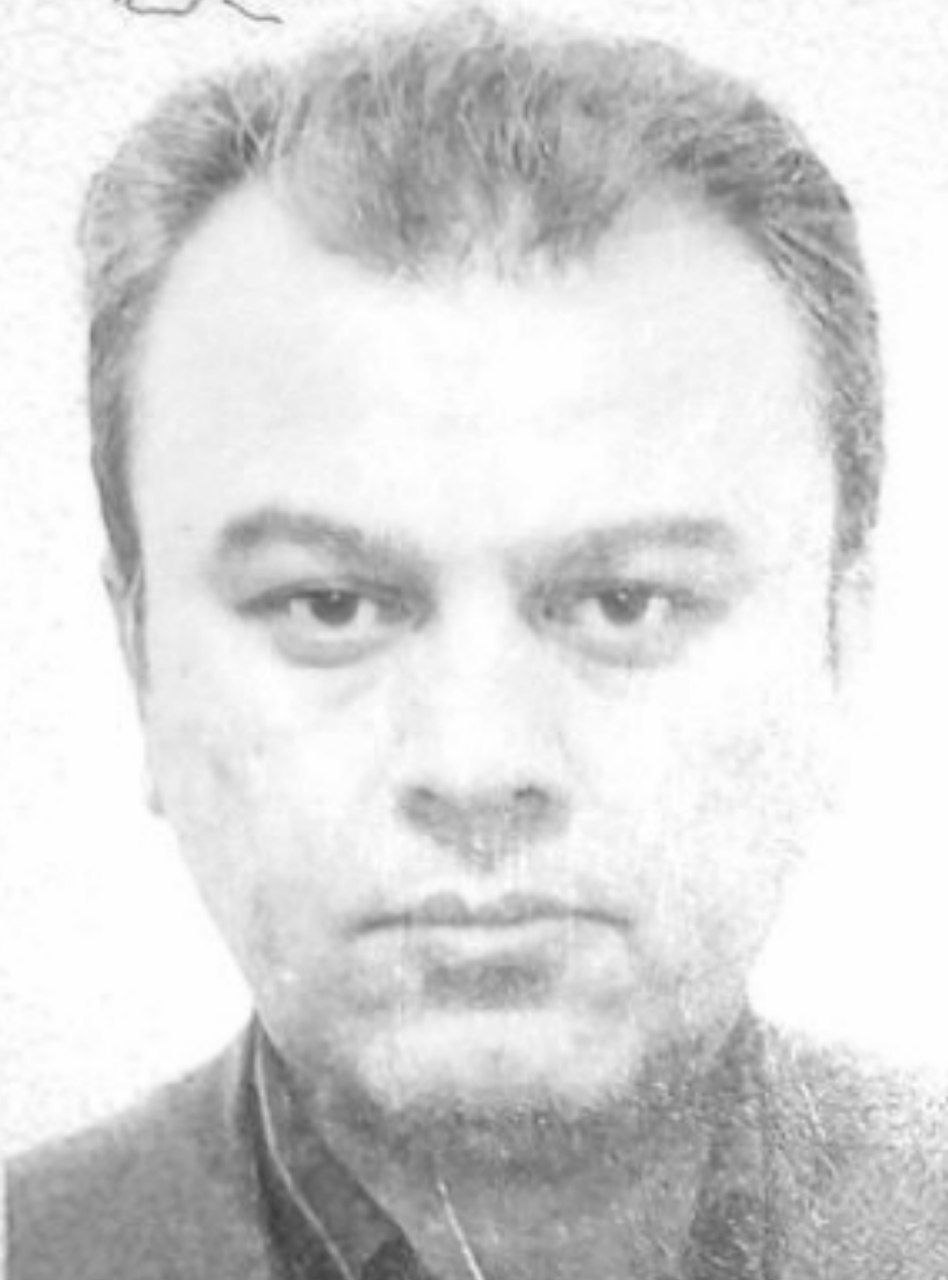Comparison of the Effectiveness of Schema Therapy and Cognitive-Behavioral Therapy on Body Dysmorphic Disorder in Young Women with Body Dysmorphic Disorder
Keywords:
Schema Therapy, Cognitive-Behavioral Therapy, Body Dysmorphic DisorderAbstract
Background and Objective: This study aimed to compare the effectiveness of Schema Therapy and Cognitive-Behavioral Therapy on Body Dysmorphic Disorder in young women with Body Dysmorphic Disorder.
Methods and Materials: This quasi-experimental study utilized a pre-test, post-test design with a control group and a three-month follow-up. The statistical population included all female clients aged 25 to 35 years with Body Dysmorphic Disorder who referred to counseling centers and psychological services in District 1 of Tehran. From this population, 51 individuals were selected using purposive sampling based on inclusion and exclusion criteria and were randomly assigned to three groups (two experimental groups and one control group) of 15 participants each. The first group received Schema Therapy sessions, the second group received Cognitive-Behavioral Therapy sessions, and the control group did not receive any intervention. The Body Dysmorphic Metacognitive Questionnaire (BDMCQ; Rabiei et al., 2011) was completed by participants at three stages: pre-test, post-test, and follow-up for data collection. Data were analyzed using repeated measures analysis of variance.
Findings: The results indicated that both Schema Therapy and Cognitive-Behavioral Therapy were effective in controlling Body Dysmorphic Disorder in young women with Body Dysmorphic Disorder. Furthermore, comparing the two therapies, Schema Therapy was found to be more effective than Cognitive-Behavioral Therapy in controlling Body Dysmorphic Disorder (p < .05).
Conclusion: The findings of this study suggest that Schema Therapy can be used to control Body Dysmorphic Disorder in young women with Body Dysmorphic Disorder.




























